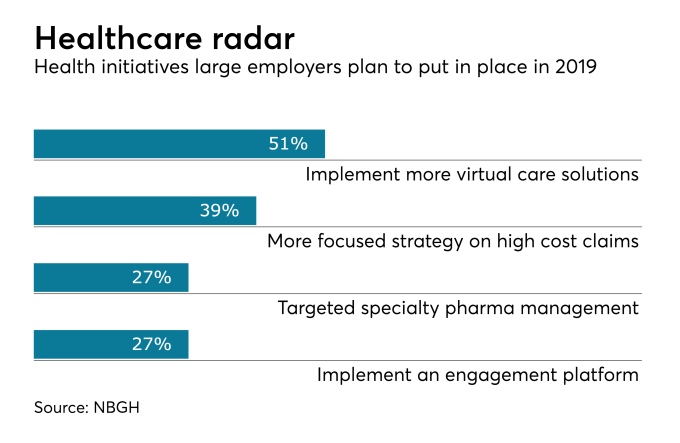The number of companies offering health insurance has ticked up for the first time since 2008, according to new research from the Employee Benefit Research Institute.
In 2017, almost 47% of private-sector employers offered health insurance, up from 45.3% in 2016. The percentage has been dropping steadily since 2008, when more than half (56.4%) were providing coverage.
The increase was fairly consistent across companies of all sizes, including the smallest employers with less than 10 employees. About one in four (23.5%) of the smallest employers offered health insurance in 2017, up from 21.7% in 2016.
Large employers, by contrast, are much more likely to offer health coverage for their employees. The percentage of employers with between 100-999 employees that offer health coverage jumped from 92.5% to 96.3% between 2014 and 2016. Meanwhile, the percentage of employers with more than 1,000 employees offering health coverage fell slightly, to 99.3% from 99.8%.
The increase in availability of employer-based insurance is likely due to the strong economy and the nation’s low unemployment rate, according to Paul Fronstin, director of health research at the Employee Benefit Research Institute. Employers, he says, are more likely to offer coverage to recruit and retain workers.
Fronstin also attributes the uptick to premium increases that have been relatively low and less volatile.
The research also showed a modest increase in the number of workers eligible for coverage. In 2017, 76.8% were eligible, up from a low of 75.4% in 2014.
The disparity between the percentage of workers eligible for coverage (76.8%) and the percentage of employers offering coverage (46.9%) was also a positive indicator, according to Fronstin.
“The juxtaposition between the two trends suggests that workers have been migrating to jobs that offer health coverage,” he says.

